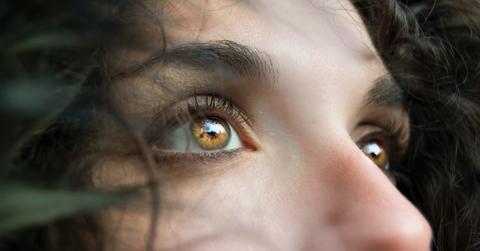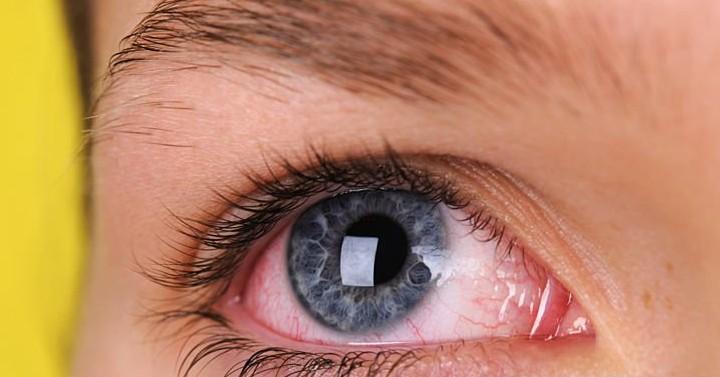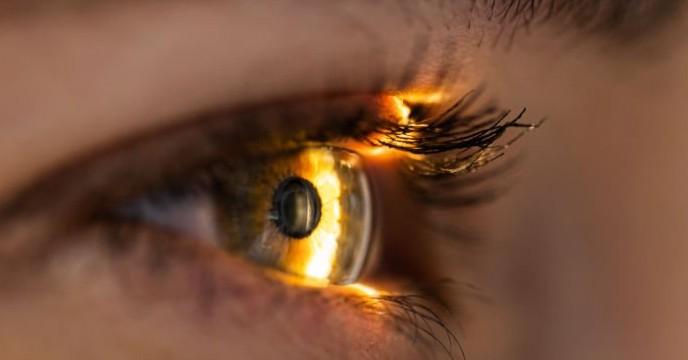
Here's what you should be looking out for when it comes to irritated eyes.
Be on the Lookout! Eye Symptoms You Shouldn't Ignore
Serious eye problems often don’t cause any pain, say top doctors. That’s why you need to stay alert to problems and take care of them as soon as possible.
According to the Centers for Disease Control, more than 21 million Americans are impacted by vision problems. Many of these issues are minor, such as farsightedness (hyperopia) or nearsightedness (myopia), and can be corrected by glasses or contact lenses. However, more serious conditions can cause sudden damage to your eyes and even complete and permanent blindness.
It’s important to recognize the signs and symptoms of these conditions and to alert your eye doctor immediately if you are experiencing any of them.
1. Sudden Blurry or Distorted Vision

If you experience sudden fuzziness or a distortion, like a straight-line Eye problems can cause long-lasting headaches that appears wavy, consult your eye doctor. Sudden blurry vision can affect your peripheral or central vision and may require immediate attention for conditions that include: ■ Detached retina. ■ Angle-closure glaucoma. ■ Corneal infection. ■ Wet age-related macular degeneration. ■ Conjunctivitis (pink eye). ■ Diabetic retinopathy.
2. Swelling

Swelling on or around the eye can be caused by trauma to the head, face or neck, or by an allergic reaction to bug bites, pollen or animal dander. If the swelling doesn’t go down after several hours, this may be a sign of a more serious issue, such as: ■ Corneal ulcer. ■ Graves’ disease. ■ Cellulitis. ■ Blocked tear duct.
3. Headaches

Headaches that feel like a dull ache or sharp pain behind the eyes or in the temples. These can come and go quickly, or they can linger for hours or days. If headache medications such as ibuprofen (Advil, Motrin) or acetaminophen (Tylenol) aren’t working and the pain persists, consult a healthcare professional. Headaches can be a symptom of serious eye conditions that include:
■ Photokeratitis (sunburn of the eye). ■ Angle-closure glaucoma
■ Migraine
■ Corneal infection. ■ Eyestrain.
4. Red Eyes

Red eyes occur when the blood vessels have expanded, causing the white parts of your eyes to appear pink or red. This irritation can be caused by allergies, smoke or pollutants in the air around you. But it can also be: ■ Uveitis or inflammation of blood vessels at the back of the eye. ■ Conjunctivitis (pink eye). ■ Glaucoma.
5. Oversensitivity to Light

Some sensitivity to light is normal, like when you walk outside after a movie or when you wake up to bright sun light. If it is severe and extended, it may signal: ■ Cataracts. ■ Strabismus (when the eye turns inward or outward). ■ Corneal abrasion (a stratch on the eye).
6. Night Blindness

Normally, the eye is well-equipped to handle low-light situations. The pupil will expand to take in as much available light as possible, allowing us to see in poorly lit environments. But the eye’s reduced ability to take in light or process it may signal: ■ Nystagmus, or involuntary back and forth movements of the eye. ■ Glaucoma. ■ Cataracts.
